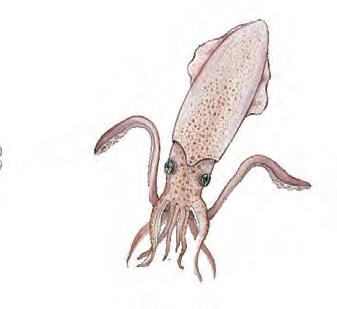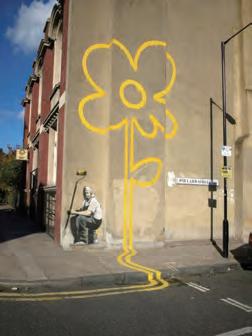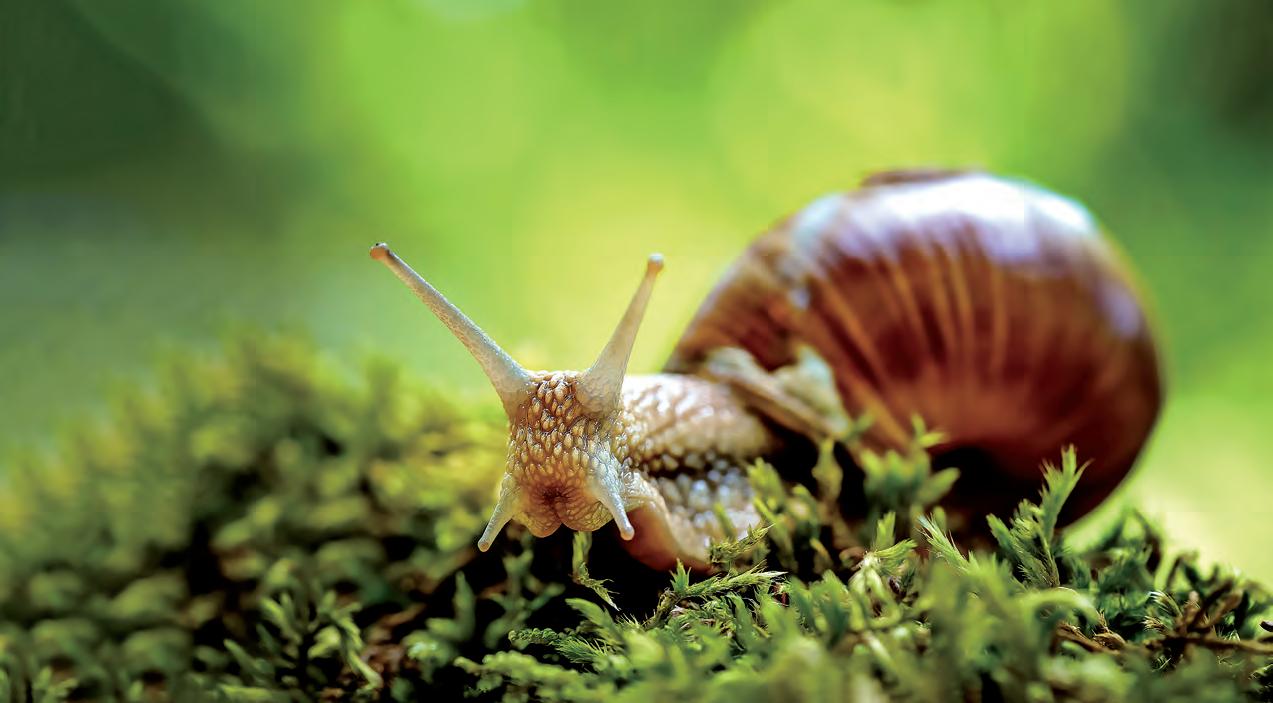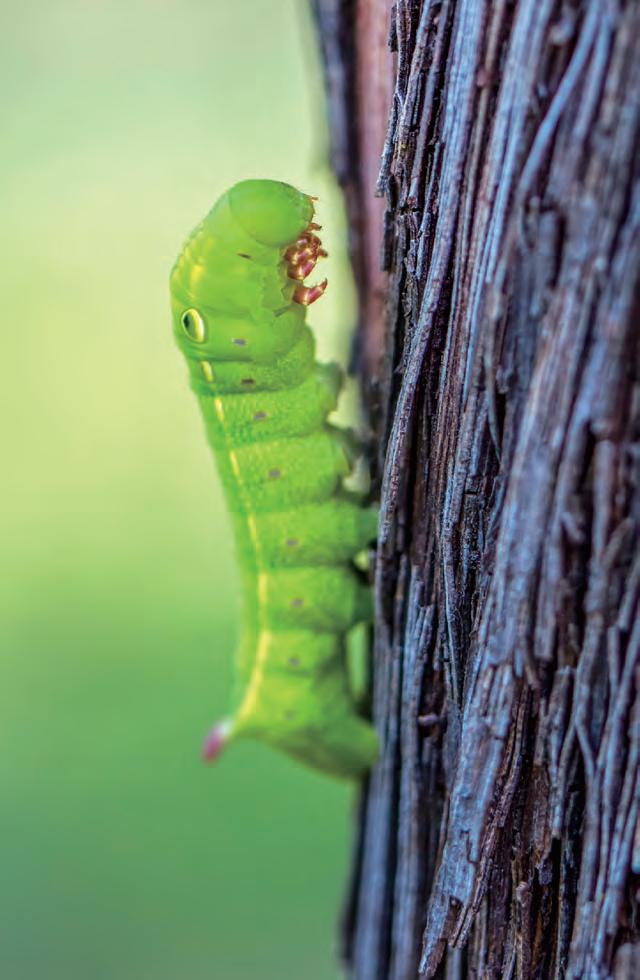READING Smart


















Unit

Reach behind your head and touch the top of your back below your neck. Can you feel your backbone? You might not believe it, but most animals do not have a backbone. They rely on different materials to shape their bodies. Can you think of some animals with no backbone?
Unit
Which animal has a backbone, the tiger or the caterpillar?


Key
Listen and repeat the highlighted words. Then choose the correct definitions.
1. A backbone helps hold your head up.
a the bone behind a bone
b the line of bones down the center of the back
2. Words make up sentences.
a to become something smaller
b to combine to form something larger
3. A straw is a thin tube used for drinking.
a a long, round object
b a short, flat object
4. A bicycle seat is usually firm. It does not have much cushioning.
a very soft
b fairly hard
Can you guess which animals do not have a backbone?








5. The boat has a transparent glass floor. We can see fish under the boat.
a clear or see-through
b cloudy or dark
6. The girl let her long hair hang down her back.
a to pull one end of something
b to drop into a lower position
7. If you try to hit a bee, it might sting you.
a to make a painful hole in the skin
b to heal a part of the skin
8. You should be careful with a sharp pencil.

a round
b pointy

What do invertebrates not have in their body?
In the animal kingdom, there are two types of animals: vertebrates and invertebrates. Vertebrates are animals with a backbone, such as mammals, birds, and fish. Invertebrates are animals without a backbone, such as worms and insects. Surprisingly, invertebrates make up about 97% of our animal kingdom. There are many different types. Let’s take a look at some!
Earthworms have a long, soft body shaped like a tube. They have a head and a tail with no legs. They breathe through their skin. Their flexible body helps them move and live underground in the soil.

Snails have a soft body with a hard, spiral shell on their back. Their shell helps them hide from predators. On their head, they have two feelers and two long, flexible eye stalks.

flexible can bend easily spiral curly ; twisting
eye stalks feelers

Honeybees have a segmented body covered with a firm outer casing. On their head, they have two antennas. In the middle of their body, they have three pairs of jointed legs. At the end of their body, they have a stinger.


Jellyfish have a smooth, dome-shaped body. Their body is transparent. They have long tentacles with sting cells. Their tentacles hang down from their body and sting their predators or prey.

Starfish have a star-shaped body with spiny skin. The sharp spines on their skin protect them from predators. Most starfish have five arms, but some have 10, 20, or even more. Each arm has one eyespot on it.

Choose or write the correct answers.
1. What is the passage mainly about?
a the many types of animals
b the many types of vertebrates
c the many types of invertebrates
2. What do snails, honeybees, and jellyfish all have in common?
a They do not have a backbone.
b They do not have shells.
c They do not have legs.
3. Honeybees have three jointed legs.
4. Star fish can have more than five arms.
5. What is the difference between vertebrates and invertebrates?
Vertebrates have a , but do not.
True False
True False
6. What is surprising about invertebrates? They about 97% of the animal kingdom.
7. What does Their refer to in the passage?
a vertebrates’
b earthworms’
c invertebrates’
8. Starfish have spiny skin and a body shaped like a star.
= Starfish have a body with spiny skin.
Complete the chart.
Snails
Honeybees
• have a long, soft body shaped like a tube
• breathe through their
• have two feelers and two long, flexible eye stalks
• hide from predators in their
• have a body with a firm outer casing
• have three pairs of jointed legs
• have a body
Jellyfish
• sting predators or prey with their tentacles
• have sharp on their skin
Starfish
• have one eyespot on each arm
Complete the sentences.
Invertebrates
• There are two types of : vertebrates and invertebrates.
• Invertebrates are animals that do not have a .
• Unlike invertebrates, have a backbone.
• make up about 97% of our animal kingdom.
• There are many different of invertebrates.
• Some invertebrates include earthworms, snails, , jellyfish, and starfish.
types vertebrates animals invertebrates honeybees backbone